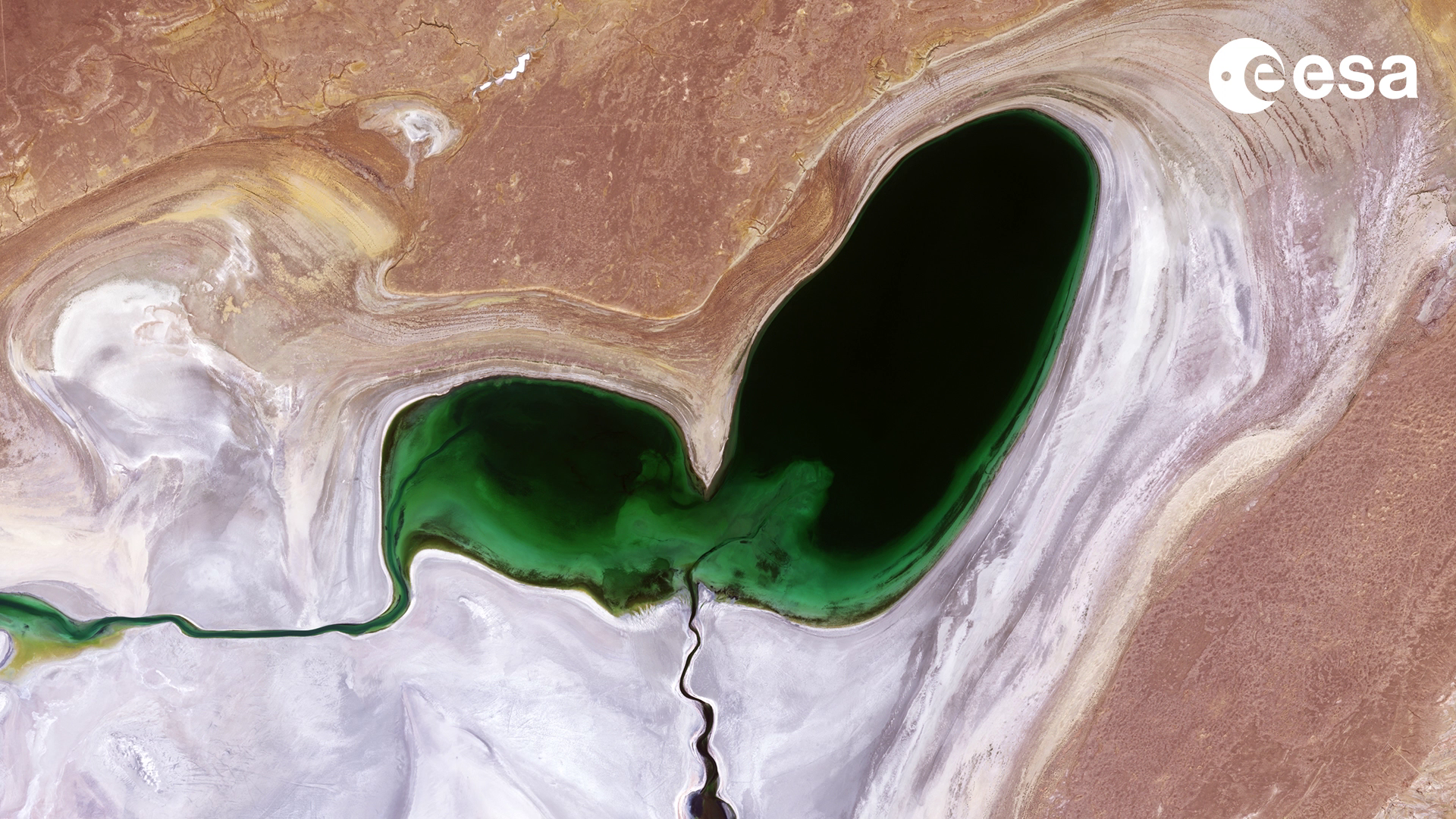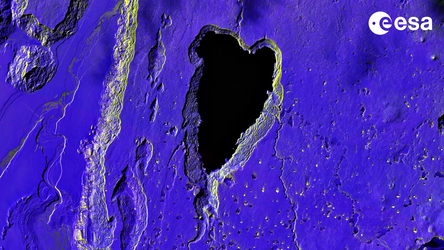Shrinking heart
This heart-shaped body of water may look cute for Valentine’s Day but just as love sometimes fades, this emerald sea is withering away.
Love dies for numerous reasons, it may have just run its natural course or there maybe something specific to blame. The face of Earth changes continuously, and this too can be because of natural processes, but today changes – like the shrinking of the Aral Sea – can often be blamed on human activity.
The Aral Sea was once the fourth largest lake in the world. Before the 1950s, the Syr Darya and the Amu Darya rivers carried freshwater down from the mountains and created this temperate oasis in a mostly arid region of Kazakhstan and Uzbekistan. However, in the 1960s, Soviet irrigation projects diverted the rivers to grow water-intensive cotton in the desert, and as a result the Aral Sea shrank dramatically.
By the end of the 1980s, it had split into the Small Aral Sea in Kazakhstan, and the horse-shoe shaped Large Aral Sea shared by Kazakhstan and Uzbekistan. Now only about 10% of the size it once was, the demise of this oasis is a striking example of humankind’s impact on the environment and natural resources, and reported to be one of the world’s major ecological disaster areas.
As the Aral Sea evaporated, it left behind a 40 000 sq km zone of dry, white salt terrain now called the Aral Karakum Desert. Each year violent sandstorms pick up at least 150 000 tonnes of salt and sand from the Aral Karakum and transport it across hundreds of km, causing health problems for the local population. The loss of a thriving fishing industry has also caused hardship with fishing villages ending up being 300 km away from the former shore of the lake.
The sea’s entire southern section is expected to soon dry out completely, but efforts are underway to save the northern part. The Kok-Aral dike, a joint project of the World Bank and the Kazakhstan government, was constructed between the northern and southern sections of the sea to prevent water flowing into the southern section. Since its completion in 2005, the water level has risen in the northern section by an average of 4 m.
This image, which was captured by the Copernicus Sentinel-2 mission on 30 August 2018, shows just a part of the Aral Sea: the heart-shaped northern tip of the western half of the Large Aral Sea, so it might soon disappear altogether.
While this may not be a tale of blossoming love for Valentine’s, we can draw some parallels: keeping love alive may, at times, mean putting the effort in, and keeping our planet healthy also takes work. Fortunately we have satellites orbiting Earth, keeping a very close eye on changes taking place, both natural changes and those linked to human activity, so that information is readily available to help steer the course of action.









